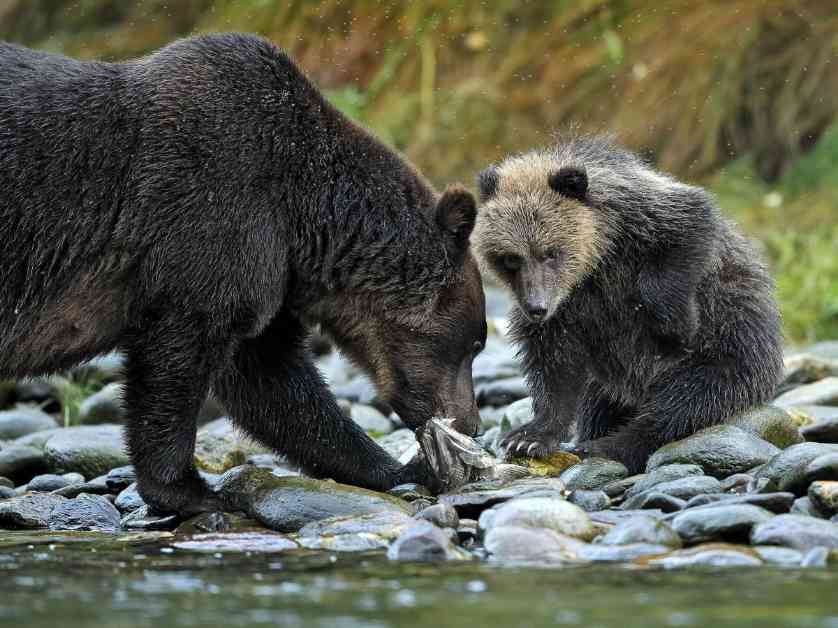William Housty learned the importance of preparing for the annual salmon arrival from his grandparents. They believed it was their duty to ensure the waterways were ready for the salmon by clearing debris and creating a welcoming environment. This practice, rooted in the Heiltsuk ancestral laws of respect, responsibility, and stewardship, has guided their interaction with the environment for generations.
The Heiltsuk people have a deep connection to their traditional territory, where they have lived for over 14,000 years. However, colonization and unsustainable practices led to a decline in the richness of life in the region. Overfishing, habitat destruction, and pollution have threatened the delicate balance of the ecosystem.
To address these challenges, the Heiltsuk have combined traditional knowledge with modern scientific approaches to monitor wildlife, count salmon, and protect bear habitats. By braiding ancient techniques with new technologies like DNA analysis, they have gained valuable insights into shifting bear habitats and climate change impacts on salmon populations.
Collaborations with academic scientists have enabled the Heiltsuk to collect scientific data and participate in management decisions that affect their territory. By monitoring bear populations and tracking their movements using noninvasive methods, the Heiltsuk have been able to protect critical habitats and advocate for the conservation of wildlife.
The Heiltsuk’s salmon stewardship practices, rooted in ancestral technologies like fish weirs, have allowed them to selectively harvest fish while ensuring the sustainability of resources. By counting salmon populations and collaborating with scientists to collect data, the Heiltsuk are working towards revitalizing Indigenous fisheries and promoting sustainable management practices.
Looking towards the future, the Heiltsuk are committed to living sustainably and ensuring the abundance of resources for future generations. By educating their children about their culture and fostering a connection with the natural world, they aim to instill a sense of responsibility and stewardship for the environment. Embracing the belief that humans are not separate from nature, the Heiltsuk strive to protect and preserve their territory for generations to come.










